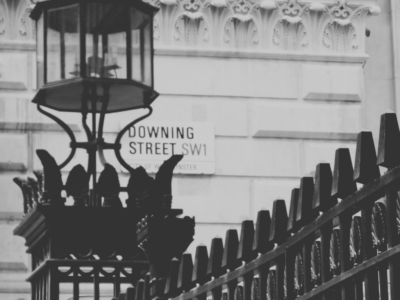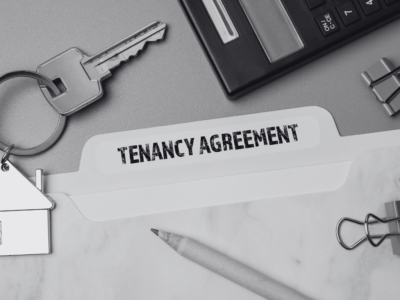Finance minister Philip Hammond unveiled a series of policies in his spring statement last week, including a target of 300,000 new homes a year by mid-2020. He also announced increased funding for infrastructure, aimed at fixing what he termed the UK’s ‘broken housing market’, which he believes will help result in greater productivity.
James Brokenshire, housing secretary, gave more details about the moves in a recent press release, announcing that £717 million of extra funding will be allocated to improving infrastructure and building more homes.
These house building targets and increased infrastructure spending are aimed at improving connectivity across the UK by improving transport links and easing the pressure on housing. This comes after years in which housebuilding in the UK have remained at persistently low levels, yet the population has continued to grow, putting pressure on housing.
More homes and extra infrastructure funding
The Treasury explained the 300,000 house building target in a recent press release, claiming that “building more homes in the right places is critical to unlocking productivity growth and makes housing more affordable.”
James Brokenshire added that the £717 million of new infrastructure funding would be used in a targeted way, to benefit communities in need of better roads or improved access to transport networks, such as HS2.
Many have welcomed the measures, including Patrick Gower, associate in residential research at Knight Frank, who commented: “The funding is welcome, because the government must look to a diverse range of housing providers if its ambitious target of 300,000 additional homes is to be met.”
He added: “The £3 billion allocated to the Affordable Homes Guarantees Programme will enable affordable housing providers to boost their output by reducing their cost of borrowing.”
Concerns among house builders over targets
However, some house builders have shown concern about the government’s new biodiversity targets, announced in the spring statement and there are claims that these measures could inadvertently end up stifling activity in the sector, rather than boosting it.
Brian Berry, chief executive of the Federation of Master Builders, commented: “These measures could end up stalling our progress. The government wants to make developers, large and small, increase the biodiversity of their sites by 110 per cent, and for an average site of 10 units, the additional cost could be in excess of £2,000.”
He concluded: “it should focus instead on retrofitting the more than 24 million homes that have already been built…this will not only help reduce the UK’s carbon footprint but will also tackle the scourge of fuel poverty.”
Looking to the future
Others believe the recent measures announced by the government were well-intentioned but didn’t go far enough. Paul Hackett, chair of housing association G15, said: “The new funding for the affordable homes guarantee programme is welcome, but our sector’s cross subsidy model is broken and a new funding deal is imperative if the government wants to hit its target of 300,000 new homes a year.”
The government’s aim to ensure 300,000 new homes a year by the mid-2020s would take house building to a level not seen since the 1970s, according to data from the Construction Products Association (CPA). For decades, house building kept falling to new all-time lows for the post-war period, but the CPA’s latest data suggests it bottomed out in the early 2010s and has risen since then, to over 200,000 new builds a year, as of 2016-17.






















Comments